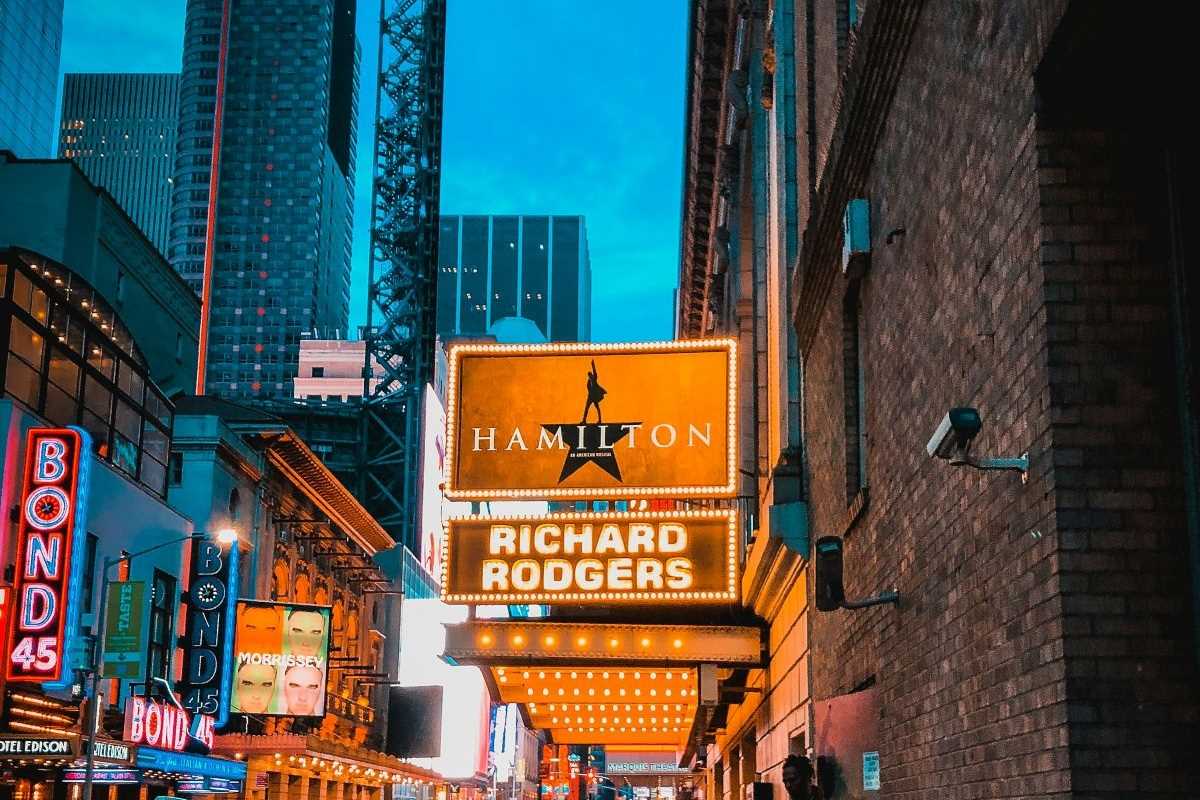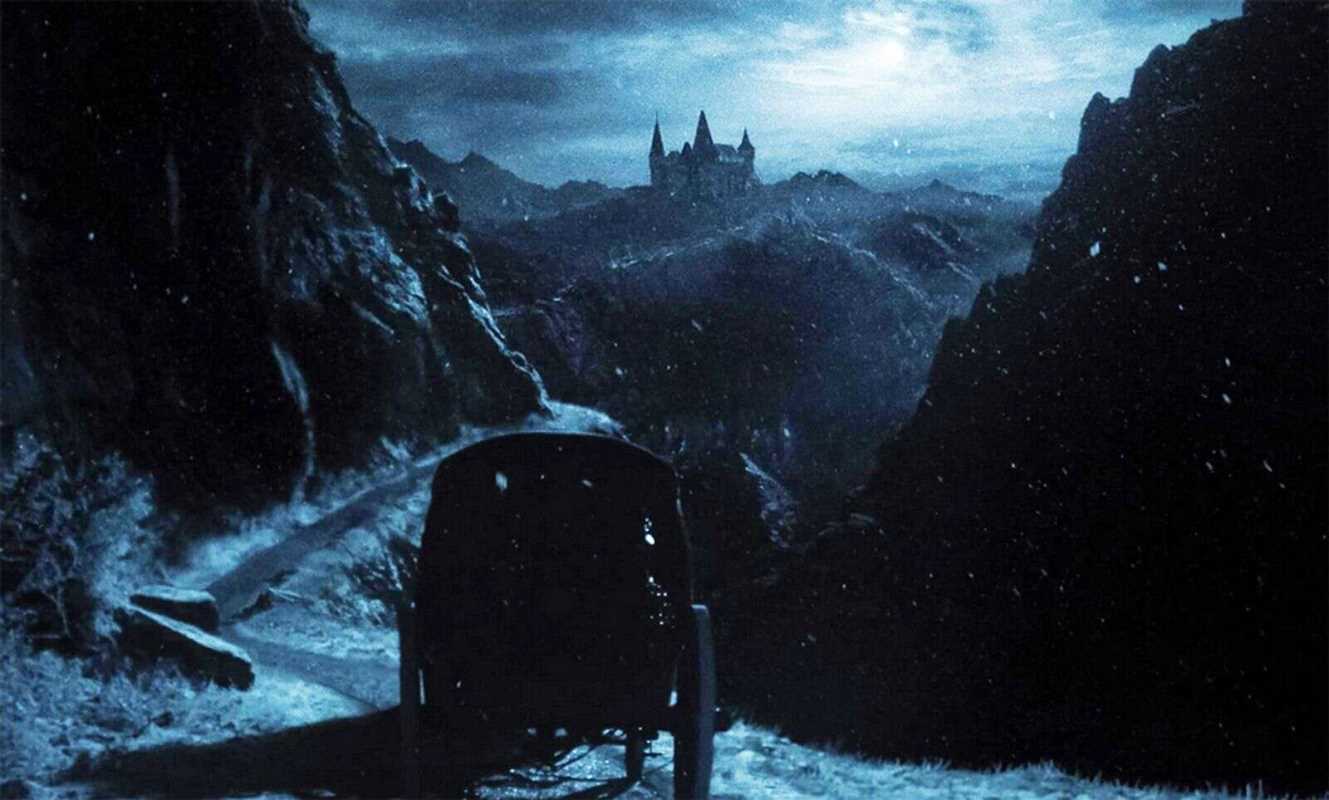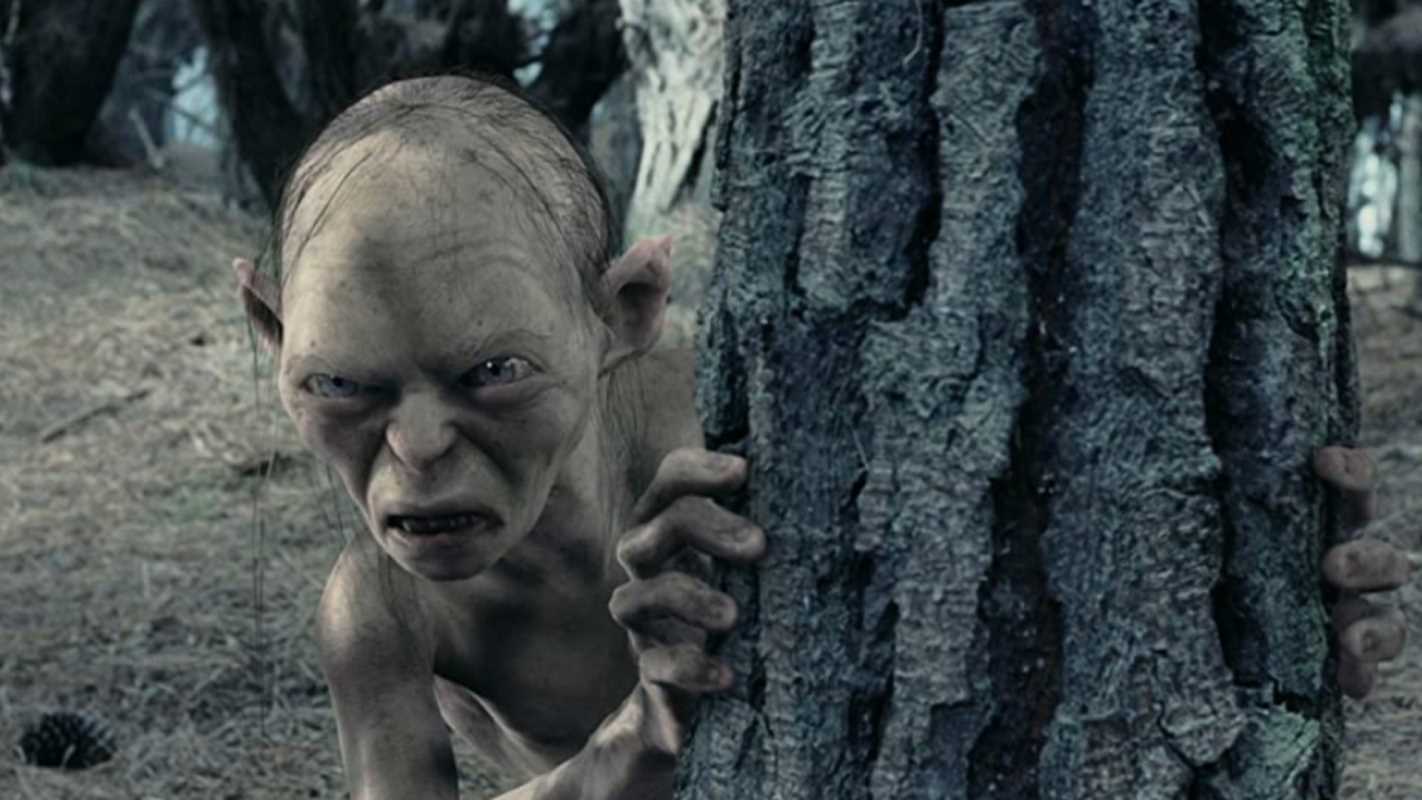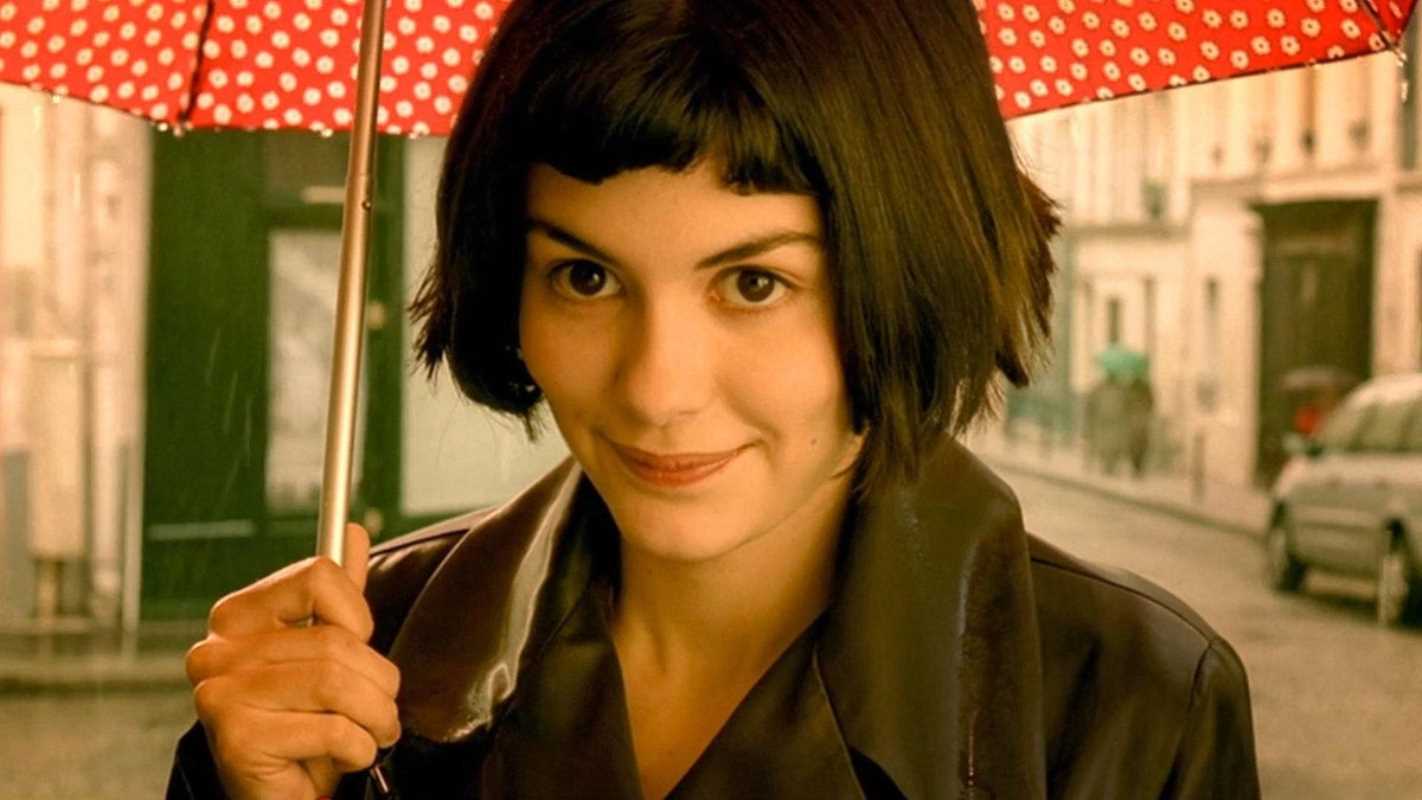Modern live theater has evolved markedly from conventional presentations, prioritizing holistic sensory immersion to create profound, memorable audience experiences. Today’s stage productions purposefully harness sight, sound, scent, touch, and occasionally taste to foster environments that not only engage, but also envelop the spectator. This examination provides an in-depth analysis of multi-sensory design as applied specifically within live theater. It highlights psychological motivators, best practices, and key case studies—each underscoring the growing sophistication and impact of multi-sensory techniques on stage.
The Psychology of Multi-Sensory Engagement in Theater
In live theater, activating multiple senses significantly enhances audience engagement and recall. Simultaneous sensory stimulation deepens emotional resonance and intensifies cognitive processing. For theaters, this requires deliberate planning: integrating carefully curated lighting and sound, authentic tactile experiences, olfactory signals, and—where contextually appropriate—gustatory elements. This approach transcends passive observation, guiding each audience member into a layered, participatory encounter with the unfolding performance.
Visual and Auditory Design: Core Pillars of Dramatic Impact
Stagecraft traditionally relies on visual and auditory interplay as foundational elements for storytelling. Sophisticated lighting schemes, projection mapping, detailed set construction, and enveloping sound design are now essential for contemporary productions. For example, London’s immersive adaptation of The Great Gatsby uses programmable lighting to mirror thematic transitions and integrates 1920s jazz to reinforce historical context. In immersive renditions of Macbeth—such as Sleep No More—soundscapes and non-linear lighting sequences direct attention and define mood, blurring the boundary between audience and action. These tools are applied not merely for spectacle, but to communicate narrative subtext and influence collective emotion in real time.
Scent and Touch: Expanding the Sensory Vocabulary
Expanding beyond traditional practices, innovative theater productions now employ scent and touch as potent tools to create a tangible, believable world. Sleep No More stands as a benchmark, meticulously scenting environments to match their thematic settings—from the astringency of hospital wards to the musky warmth of libraries and ballrooms. These olfactory cues not only anchor the audience in place and time but also activate memory and emotion on a subconscious level.
Tactile engagement further distinguishes live theater from other art forms. In interactive works such as Then She Fell, audience members may open drawers, handle letters, or traverse textured set pieces, making physical exploration integral to the narrative experience. This engagement allows spectators to shape their own journey, cultivating a personalized encounter with the performance. The tactile strategy reinforces spatial awareness and deepens the illusion of presence.
Taste: Integrating the Palate in Theatrical Events
While incorporating taste remains relatively rare in traditional settings, some immersive theatrical events strategically align food and drink with storytelling. Then She Fell is notable for weaving drinks into the narrative, while select dinner theater installations design menus that evolve along with the performance. These culinary components can mirror dramatic arcs—contrasting flavors to underscore conflict, resolving to harmonious profiles that mirror storytelling resolution. This multisensory synchrony further personalizes the performance, bridging artistic expression and direct audience sensation.
Case Studies: Leading Multi-Sensory Theater Experiences
- Punchdrunk’s Sleep No More: Widely recognized for pioneering multisensory immersion, this production transforms entire buildings into interactive spaces. Audience members move at will, physically exploring rooms, engaging with props, and encountering distinctive scents in each locale to cultivate an all-encompassing experience.
- Immersive Gatsby: Adapting The Great Gatsby for an interactive environment, this production encourages guests to dress in-period, traverse elaborately decorated rooms, and interact physically with actors and objects. Scent, lighting, music, and the opportunity to participate in jazz-age revelry combine to produce a complete sensory tableau.
- Then She Fell: Inspired by Alice in Wonderland, this site-specific piece guides small audience groups through individualized sequences. Each room is tailored with unique scents, textures, and beverages, directly embedding the senses into the narrative journey and enhancing emotional immersion.
- The Drowned Man: Another Punchdrunk production, it uses physical scale, shifting lighting, and varied tactile experiences—including different floor surfaces and environmental temperatures—to support a sense of disorientation and psychological engagement.
Empirical research confirms that increased sensory stimulation correlates with heightened memory formation and deeper emotional connection. Within theater, these outcomes translate to stronger audience engagement and greater appreciation for both narrative complexity and performance nuance. The design and execution of multi-sensory elements demand a rigorous approach to audience safety, accessibility, and welfare, all while preserving transparency regarding the nature and intention of sensory interventions.
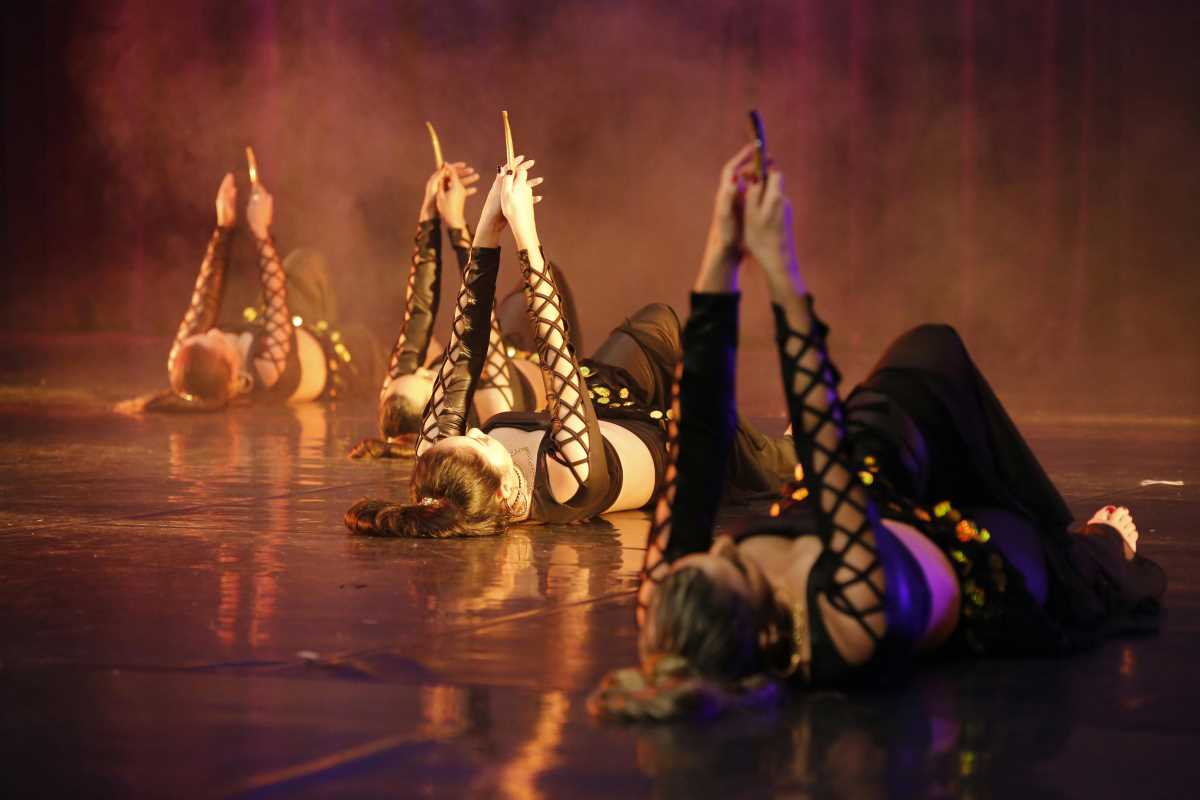 (Image via
(Image via